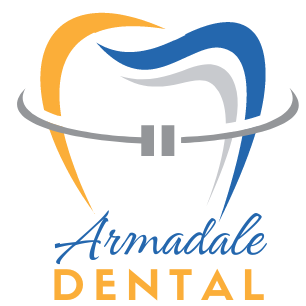Gum recession is a common dental condition that occurs when the gum tissue surrounding the teeth begins to pull away or recede, exposing more of the tooth’s root. This condition can lead to increased tooth sensitivity, cosmetic concerns, and, if left untreated, can result in more severe dental issues. Dental professionals offer various procedures to address gum recession, each aimed at halting the progression of recession and restoring the gumline to its proper position.
Here’s a list of how these service procedures work:
- Scaling and Root Planing: This deep cleaning procedure removes tartar and bacteria from the tooth’s surface and root to promote gum reattachment.
- Gum Grafting: In this surgical procedure, a piece of tissue is taken from another part of the mouth or a donor source and attached to the receding gumline, covering exposed tooth roots.
- Pinhole Surgical Technique (PST): A minimally invasive method that involves making small holes in the gums and repositioning them over the exposed roots using specialized instruments.
- Laser Therapy: Dental lasers are used to remove infected tissue and stimulate gum regeneration, aiding in gum recession treatment.
- Orthodontic Treatment: In some cases, orthodontic devices can be used to reposition teeth and reduce gum recession caused by misalignment.
- Oral Hygiene Education: Dentists may educate patients on proper oral hygiene practices to prevent further gum recession.
- Medications: Prescription medications may be recommended to manage underlying causes like gum disease or tooth grinding.

Can gum recession be completely reversed through treatment procedures?
While gum recession can be effectively treated and managed through various procedures, complete reversal to its original state is not always possible. The goal of these treatments is to halt the recession’s progression, alleviate symptoms, and improve the appearance of the gums. The extent of recovery largely depends on the severity of the condition and how well the patient maintains good oral hygiene practices following treatment. Early intervention and regular dental check-ups are crucial for the best outcomes.
